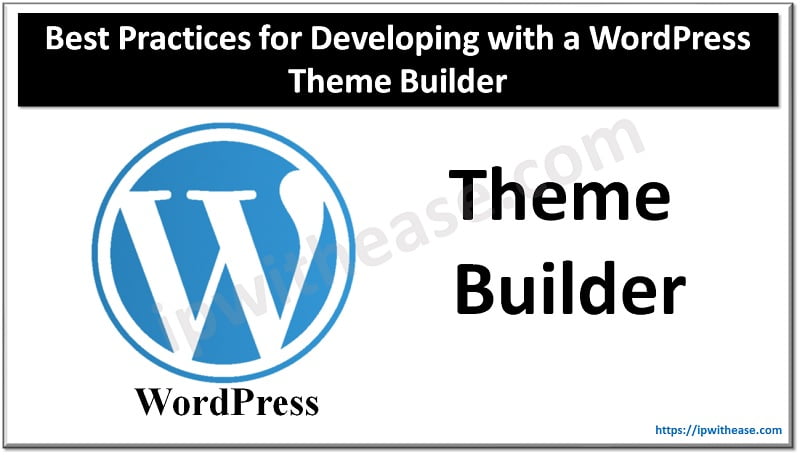Table of Contents
JavaScript, the most popular programming language according to the latest StackOverflow Survey, is a cornerstone in modern app development. It powers a vast array of web applications and online services. Its high versatility and efficiency make it a popular choice for developers and businesses all over the globe. However, when resorting to the JavaScript app development services, businesses face the challenge: which framework should I choose? Choosing the right one can significantly impact your project’s success, affecting everything from development speed to application performance.
With numerous frameworks available, it’s crucial to understand their strengths and weaknesses. In this article, we’ll explore ten popular JavaScript frameworks: React.js, Angular, Vue.js, Ember.js, Svelte, Backbone.js, Meteor, Aurelia, Express.js, and Next.js. Each offers unique features tailored to different development needs, and knowing them will help you to make better decisions toward the tech stack of your own project. So, without further ado, let’s go!
List of JavaScript Frameworks
React.JS
React.js is a JavaScript library developed by Facebook for building user interfaces, particularly single-page applications also known as SPAs. It emphasizes a component-based architecture and efficient rendering using a virtual DOM.
Key Features: Component-based architecture, Virtual DOM, JSX syntax, unidirectional data flow, strong ecosystem (Redux, React Router, etc.), server-side rendering with Next.js, Hooks for state and lifecycle management, community and third-party libraries
Pros:
- High performance
- Strong community support
- Extensive ecosystem
Cons:
- Steep learning curve
- Requires additional libraries for routing and state management
Examples of applications built with React.js:
- Airbnb
Angular
Angular is a big JavaScript/TypeScript framework developed by Google for building dynamic web applications. It features a robust set of tools for building complex applications, including two-way data binding and dependency injection.
Key Features: Two-way data binding, dependency injection, TypeScript support, component-based architecture, Angular CLI for project setup and management, RxJS for reactive programming, Angular Universal for server-side rendering, built-in form handling
Pros:
- Strong support for large-scale applications
- TypeScript integration
- Built-in tools
Cons:
- Steeper learning curve
- Complexity for small projects
Examples of applications built with Angular:
- Google Cloud Platform
- Microsoft Office 365
- Upwork
Related: Introduction to JSON (JavaScript Object Notation)
Vue.js
Vue.js is a progressive JavaScript framework created by Evan You, designed for building user interfaces and single-page applications. It is known for its simplicity and ease of integration with existing projects.
Key Features: Reactive data binding, component-based architecture, single-file components (HTML, CSS, JS), Vue CLI for project setup and management, Vue Router for routing, Vuex for state management, easy integration with existing projects, transition effects system
Pros:
- Easy to learn
- Flexible
- Integrates well with other projects
Cons:
- Smaller community compared to React and Angular
- Less corporate backing
Examples of applications built with Vue.js:
- Alibaba
- Xiaomi
- GitLab
Ember.js
Ember.js is an opinionated JavaScript framework that emphasizes convention over configuration for building ambitious web applications. It provides a strong structure and integrated development tools to enhance productivity.
Key Features: Convention over configuration, two-way data binding, Ember CLI for project setup and management, Ember Data for managing models, robust router, handlebars templates, addons for extensibility, built-in testing framework
Pros:
- Strong conventions
- Robust router
- High productivity
Cons:
- Steep learning curve
- Can be overkill for small apps
Examples of applications built with Ember.js:
- Discourse
- Twitch
Svelte
Svelte is a modern JavaScript framework that shifts much of the work to compile time, producing highly optimized code. It eliminates the need for a virtual DOM, resulting in faster and smaller applications.
Key Features: Compiler-based framework, no virtual DOM, reactive declarations, built-in state management, small bundle sizes, simple syntax, optimized performance, stores for managing state
Pros:
- Excellent performance
- Small bundle sizes
- Straightforward syntax
Cons:
- Smaller ecosystem
- Growing community
Examples of applications built with Svelte:
- The New York Times COVID-19 tracker
- Chess.com
- Spotify’s Wrapped
Backbone.js
Backbone.js is a lightweight JavaScript framework that provides the minimal structure needed for web applications by implementing the MVC (Model-View-Controller) design pattern. It offers simplicity and flexibility, making it easy to develop and maintain code.
Key Features: Minimalistic framework, MVC architecture, RESTful JSON interface, event-driven communication, syncing with back-end data, simple and flexible, lightweight, integrates with other libraries
Pros:
- Lightweight
- Flexible
- Integrates well with other libraries
Cons:
- Lacks structure for larger projects
- Requires additional libraries for full functionality
Examples of applications built with Backbone.js:
- Trello
- Airbnb
Meteor
Meteor is a full-stack JavaScript framework that simplifies the development of real-time web and mobile applications. It offers an integrated solution with built-in support for data synchronization and a reactive UI.
Key Features: Full-stack solution, real-time data updates, built-in user accounts, integrated with MongoDB, reactive UI, easy deployment, full-stack reactivity, atmosphere package manager
Pros:
- Easy to get started
- Real-time capabilities
- Full-stack reactivity
Cons:
- Tightly coupled with MongoDB
- Less flexibility with databases
Examples of applications built with Meteor:
- Rocket.Chat
- Respondly (acquired by Buffer)
- Hagglemate
Aurelia
Aurelia is a modern JavaScript framework designed with a strong focus on developer productivity and clean code. It leverages a convention-over-configuration approach and features two-way data binding and a modular architecture.
Key Features: Convention over configuration, two-way data binding, modular architecture, dependency injection, ES6/ES7 support, routing and navigation, extensible HTML, strong typing
Pros:
- Clean and elegant code
- Strong conventions
- Extensible
Cons:
- Smaller community
- Less documentation
Examples of applications built with Aurelia:
- Ordami
- Freska
- BTEK Software
Express.js
Express.js is a minimalist, unopinionated JavaScript framework for Node.js designed for building web applications and APIs. It provides a robust set of features for web and mobile applications, making it a popular choice for server-side development.
Key Features: Minimalist framework, middleware support, routing and URL handling, RESTful API creation, integration with databases, fast server-side rendering, unopinionated structure, supports synchronous and asynchronous programming
Pros:
- Lightweight
- Flexible
- Integrates with many databases
Cons:
- Requires more setup for full-fledged applications
- Less structure
Examples of applications built with Express.js:
- Myspace
- PayPal
- Uber
Next.js (for React)
Next.js is a React framework that enables server-side rendering and static site generation for building high-performance web applications. It simplifies the development process with features like automatic code splitting, file-based routing, and seamless integration with React.
Key Features: Server-side rendering, static site generation, file-based routing, automatic code splitting, API routes, built-in CSS support, fast refresh, SEO-friendly
Pros:
- Improved performance
- SEO benefits
- Easy integration with React
Cons:
- The learning curve for server-side concepts
- Relies on React knowledge
Examples of applications built with Next.js:
- Hulu
- Twitch
- TikTok
Final Thoughts
Choosing the right JavaScript framework is crucial for the success of any app development project. It’s important to consider your project’s specific needs and constraints to find the best fit. Each framework has its strengths and weaknesses, and understanding these can help guide your decision. The landscape of JavaScript frameworks continues to evolve, offering more options and capabilities, making it an exciting time for developers to create innovative and efficient applications. And we hope, our list will make you one step closer to understanding this complicated world of JS frameworks.
ABOUT THE AUTHOR
IPwithease is aimed at sharing knowledge across varied domains like Network, Security, Virtualization, Software, Wireless, etc.



